Imagine gliding through the warm turquoise waters of a tropical bay, your heart pounding as a shadow the size of a school bus passes beneath you. Suddenly, a colossal mouth opens wide, filter-feeding on invisible plankton, while sunlight dances over spotty blue-gray skin. This is Donsol, a tiny, sleepy town in the Philippines that transforms each year into a stage for one of the ocean’s most awe-inspiring spectacles: the arrival of the whale sharks. These gentle giants, with their mesmerizing migration patterns and secretive lives, have sparked wonder, curiosity, and even scientific debate. What draws them here, and where do they vanish when the season ends? The answers are as deep and mysterious as the ocean itself.
Donsol: The Unexpected Whale Shark Capital
Long before Donsol became famous, it was just another coastal village, its people living simple lives as fishermen and farmers. But in the late 1990s, the world discovered that Donsol’s bay was a magnet for whale sharks, locally known as “butanding.” What was once a well-kept secret among villagers suddenly attracted scientists, photographers, and thrill-seekers from around the globe. The town embraced its new identity, transforming into a haven for eco-tourism and conservation. Today, Donsol is celebrated as one of the best places on Earth to swim with these massive filter-feeders in their natural habitat. The sense of wonder and respect that fills the air each season is nothing short of magical.
The Whale Shark: Nature’s Gentle Behemoth
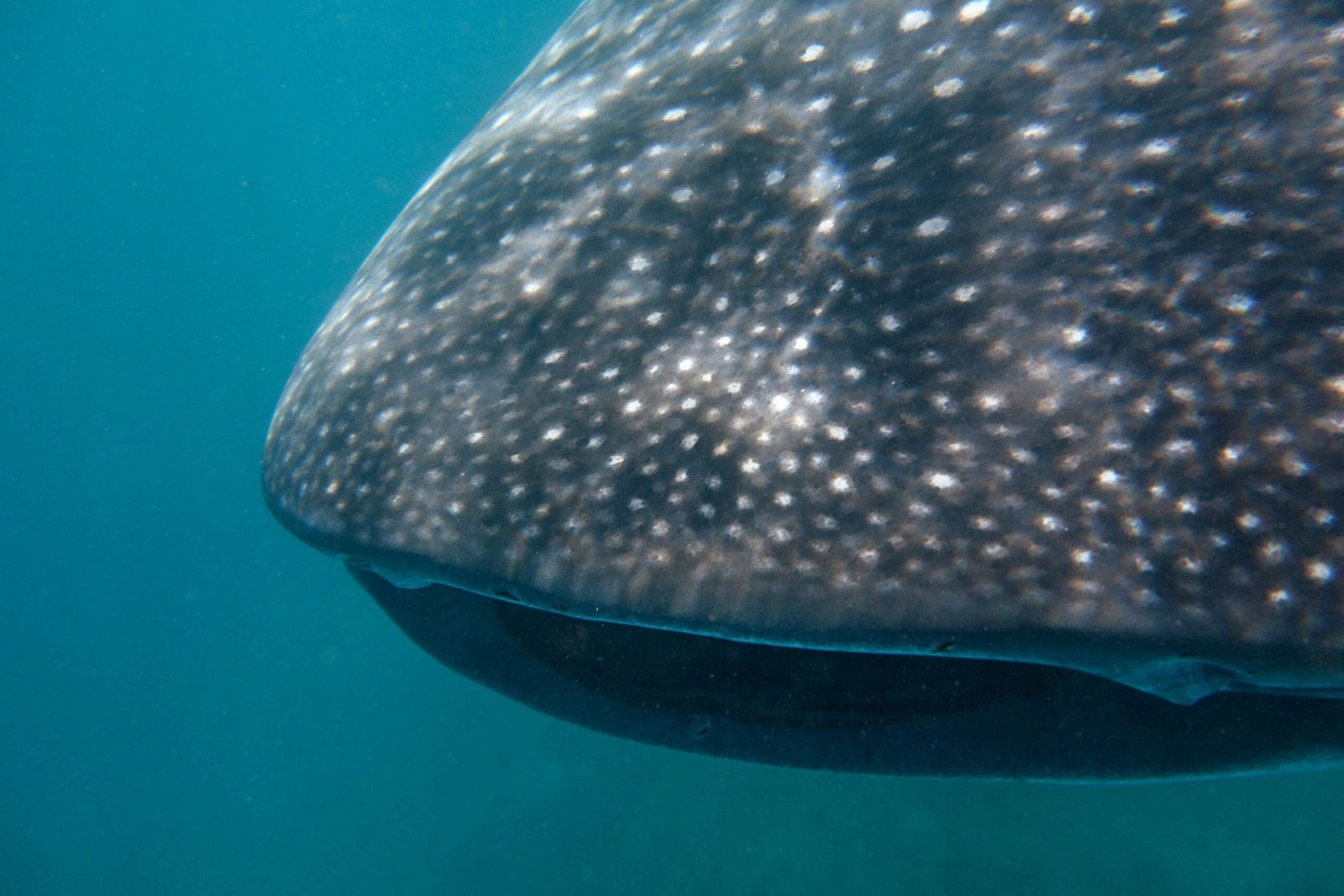
Whale sharks, despite their intimidating size—some growing over 12 meters long—are famously docile and harmless to humans. Unlike their predatory shark cousins, whale sharks glide gracefully through the water, opening their enormous mouths to feed on tiny plankton and small fish. Their skin, patterned with constellations of white spots and stripes, is unique to each individual, much like a human fingerprint. Their sheer size and calm demeanor have earned them the nickname “gentle giants.” For many, encountering a whale shark is a humbling, almost spiritual experience, leaving visitors with a newfound respect for the mysteries of the ocean.
Feeding Frenzy: Why Whale Sharks Flock to Donsol
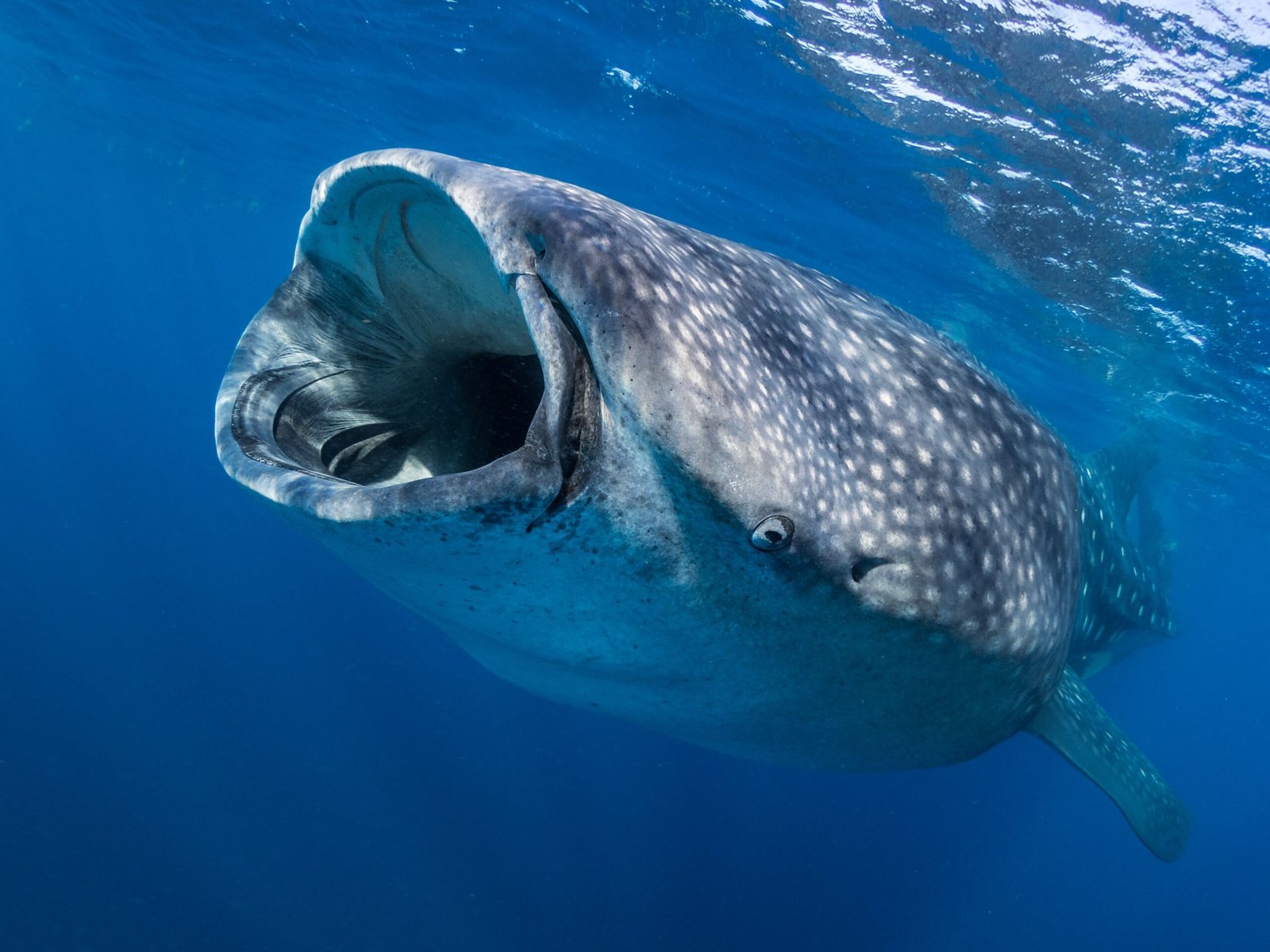
Every year, between November and June, Donsol’s waters become thick with plankton, the main food source for whale sharks. This seasonal plankton bloom, fueled by river runoff and nutrient-rich currents, creates a buffet that’s nearly impossible for these giants to resist. Whale sharks arrive in large numbers, sometimes gathering in groups of 15 to 20 individuals. Local guides recall stories of dozens of whale sharks feeding in a single area, their wide mouths gaping as they glide just beneath the surface. The spectacle is breathtaking, a reminder of how nature’s cycles can transform a quiet town into an epicenter of marine life.
Patterns in the Deep: Tracking the Mysterious Migration
Despite years of research, the migration routes of whale sharks remain one of the ocean’s great mysteries. Scientists use satellite tags, photo identification, and even drones to track their movements, but the full picture is still elusive. Some whale sharks tagged in Donsol have been traced traveling thousands of kilometers across the Pacific, venturing as far as Indonesia, Taiwan, and even the Indian Ocean. These epic journeys hint at a complex network of feeding and breeding grounds, shaped by ancient instincts and environmental cues. The question of where whale sharks go when they leave Donsol continues to puzzle and fascinate researchers around the world.
Unique Spot Patterns: Nature’s Secret Code
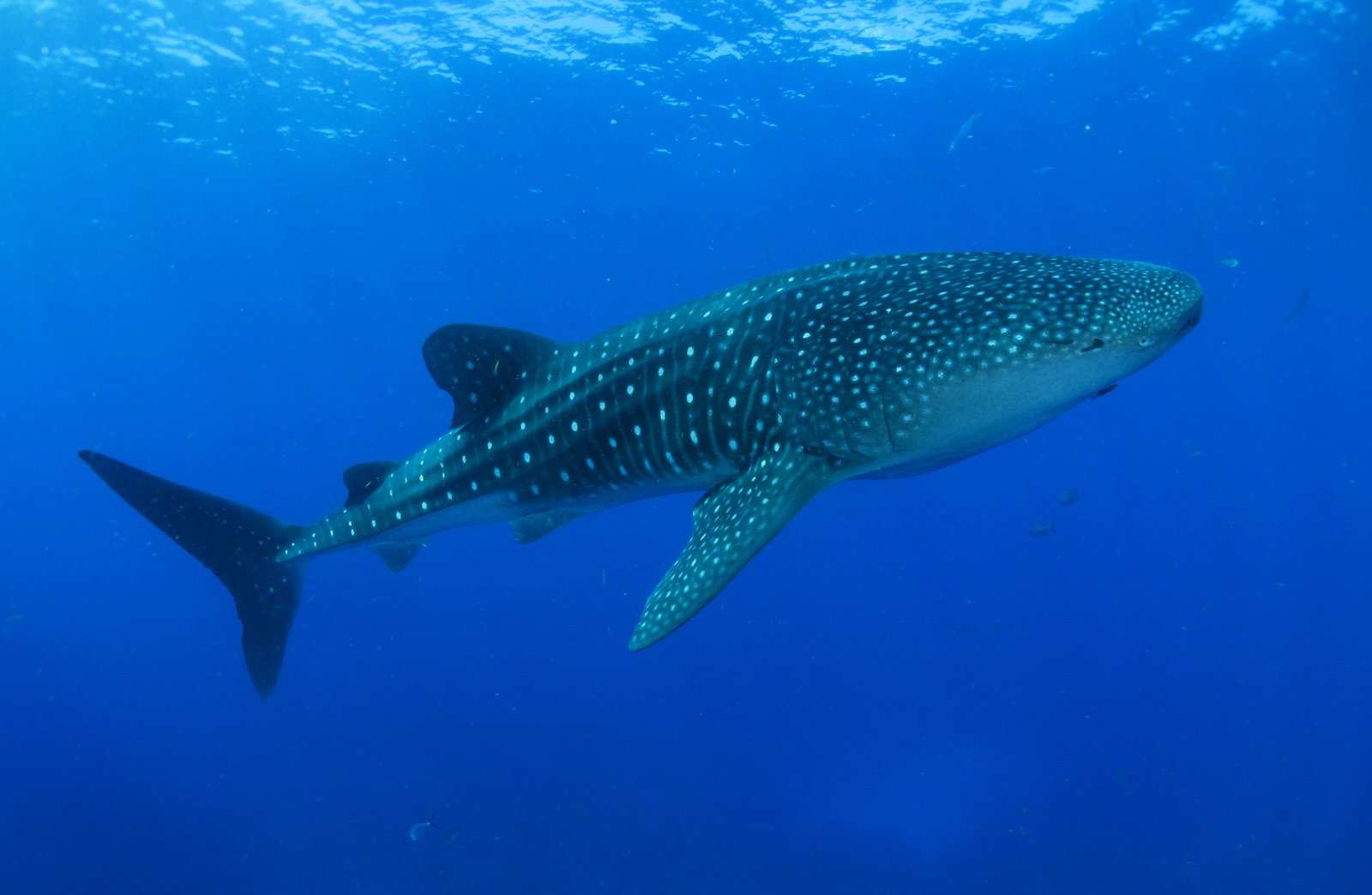
Each whale shark sports a distinct pattern of spots and stripes, a natural code that scientists use to identify individuals. Like celestial maps, these patterns help track shark movements and population health. In Donsol, researchers and local guides photograph the area just behind each whale shark’s gills—the equivalent of a facial ID in humans. Over time, these photo databases have revealed surprising stories, such as sharks returning year after year, or making one-time visits before vanishing into the blue. This simple act of pattern recognition has become a powerful tool for science and conservation.
The Science of Whale Shark Behavior
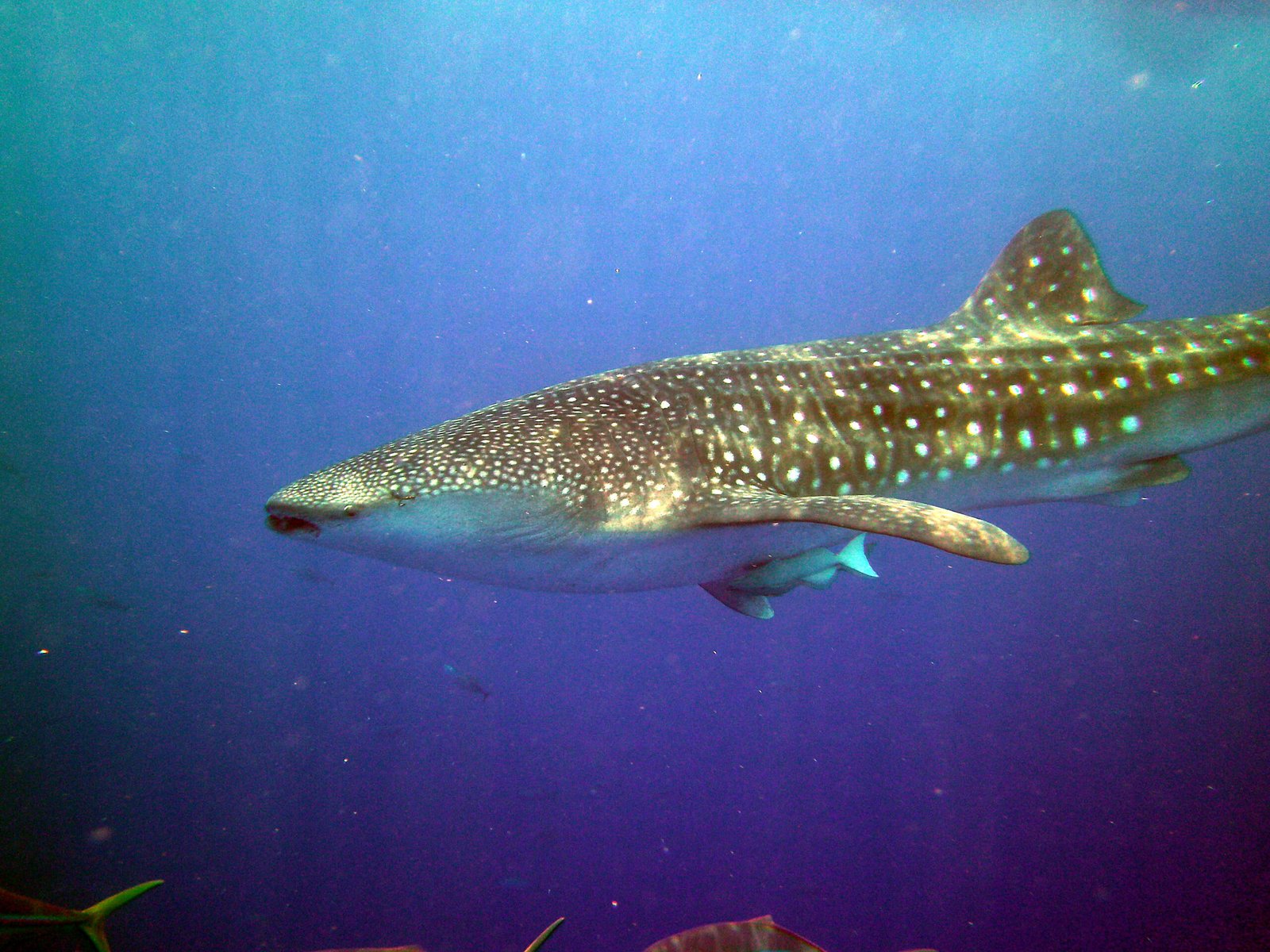
Whale sharks in Donsol have revealed intriguing behaviors that defy expectations. While feeding, they often swim close to the surface, sometimes rolling onto their sides in what looks like a slow-motion ballet. Scientists have observed them swimming solo, in pairs, or even in loose groups during peak season. Some individuals seem to prefer certain feeding spots, returning to the same patches of water day after day. These patterns suggest a mix of instinct, learned behavior, and perhaps even social interaction. Every encounter adds another piece to the puzzle, slowly illuminating the secret lives of these gentle giants.
Whale Shark Conservation: A Fragile Balance
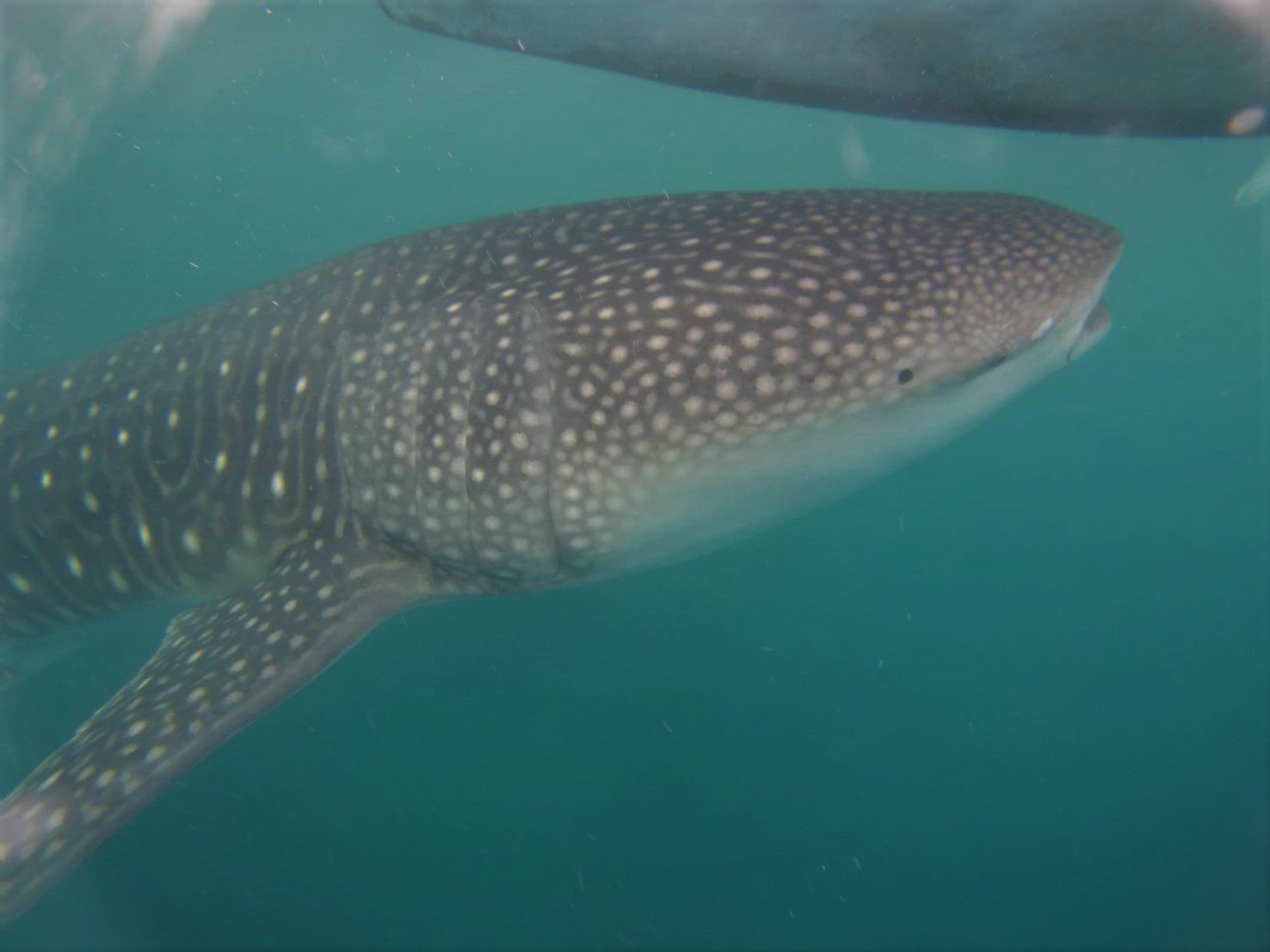
The whale shark’s popularity is both a blessing and a challenge for Donsol. Tourism has brought much-needed income and global attention, but it also carries risks. Too many boats or careless swimmers can stress the sharks, disrupting their feeding and natural behavior. To protect the butanding, local authorities have implemented strict guidelines: only a limited number of boats are allowed each day, encounters must be brief, and touching the sharks is strictly forbidden. These rules, though sometimes frustrating for eager tourists, are crucial for ensuring that Donsol remains a safe haven for whale sharks.
Community Guardians: Donsol’s Butanding Interaction Officers
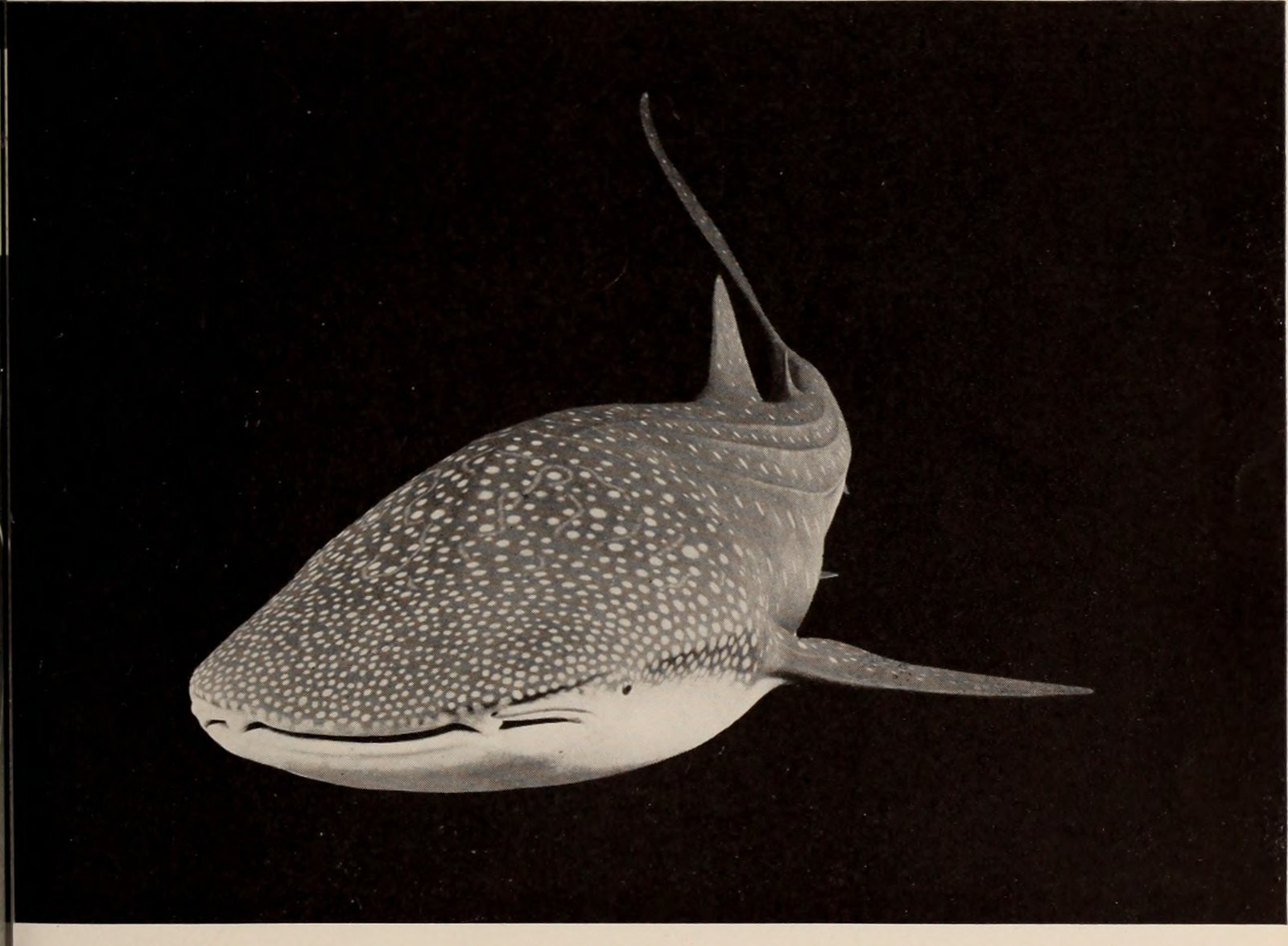
At the heart of Donsol’s conservation efforts are the Butanding Interaction Officers (BIOs), local guides trained to lead safe and respectful encounters. Many are former fishermen who now dedicate themselves to protecting the whale sharks they once hunted. They enforce strict codes of conduct, educate visitors about the sharks, and monitor both the animals and the tourists. Their passion and pride are contagious, inspiring visitors to see whale sharks not just as attractions, but as living treasures deserving of protection. The BIOs embody the spirit of stewardship that keeps Donsol’s ecosystem thriving.
Whale Sharks and Local Culture
The arrival of the butanding has left a deep imprint on Donsol’s culture and identity. Festivals celebrate their return, with colorful parades, music, and dances that honor the sharks’ role in the community. Local artists carve whale shark motifs into boats, homes, and handicrafts, while children grow up hearing tales of the gentle giants that visit their shores. The bond between people and whale sharks is woven into daily life, creating a unique sense of pride and responsibility. For many in Donsol, the sharks are more than visitors—they are family.
Tourism With a Purpose: Eco-Adventures in Donsol
Whale shark tourism has transformed Donsol into a model for sustainable travel. Visitors flock from around the world to swim alongside these majestic creatures, but every encounter is carefully managed to minimize harm. Local operators work closely with scientists and conservationists to ensure best practices are followed. Instead of chasing profits, the focus is on education and respect. Tourists are encouraged to learn about marine life, support local communities, and become ambassadors for ocean conservation. This responsible approach has made Donsol a shining example of how tourism and conservation can go hand in hand.
Climate Change and the Future of Whale Sharks
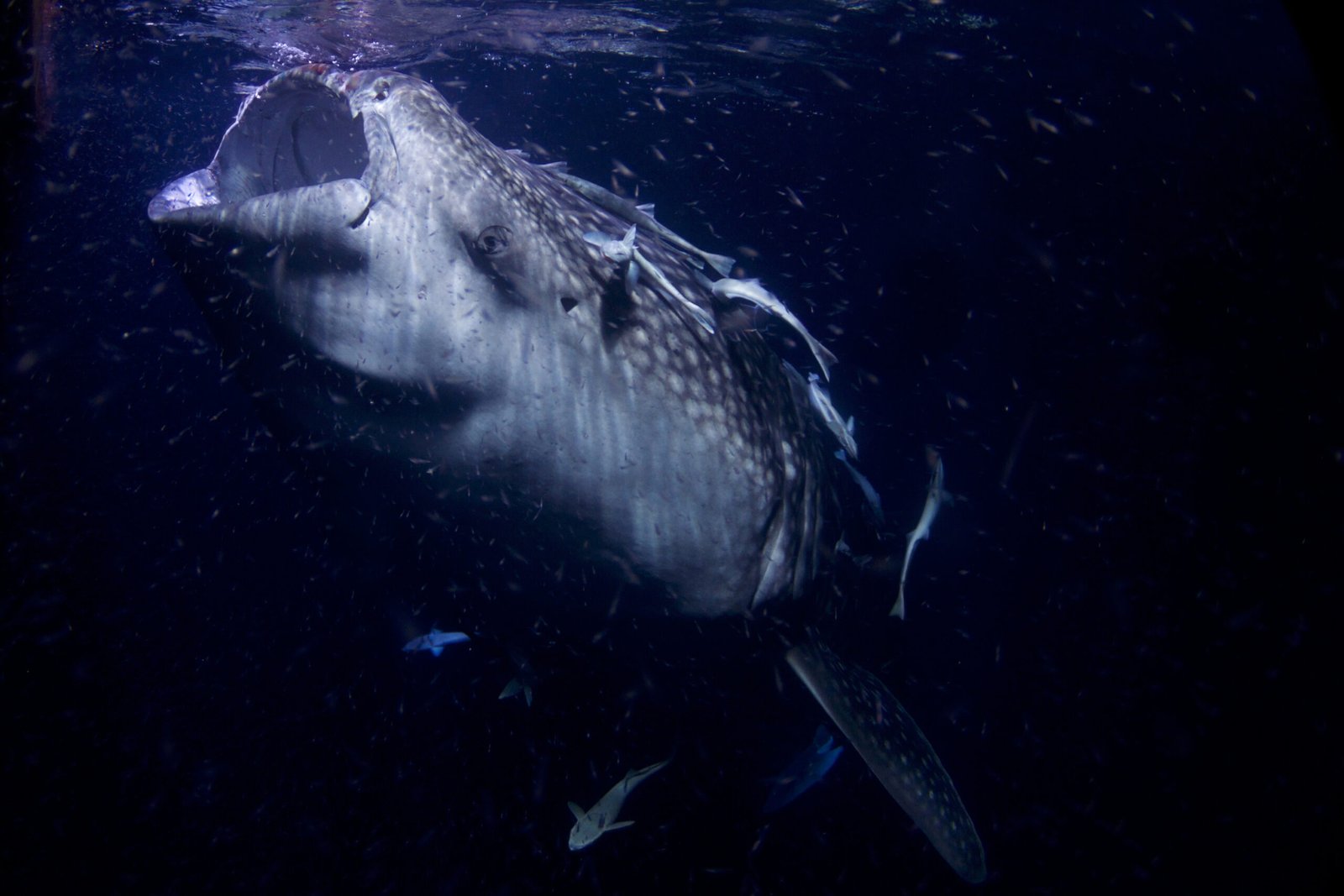
Rising sea temperatures, changing currents, and unpredictable weather patterns threaten the delicate balance that brings whale sharks to Donsol each year. Scientists worry that climate change could disrupt plankton blooms, alter migration routes, or even cause the sharks to disappear from familiar feeding grounds. Local leaders and researchers are working together to monitor ocean conditions and find ways to adapt. The fate of Donsol’s whale sharks may rest on our ability to protect not just the animals, but the entire marine ecosystem they depend on. The stakes have never been higher.
Scientific Insights: What We’ve Learned So Far
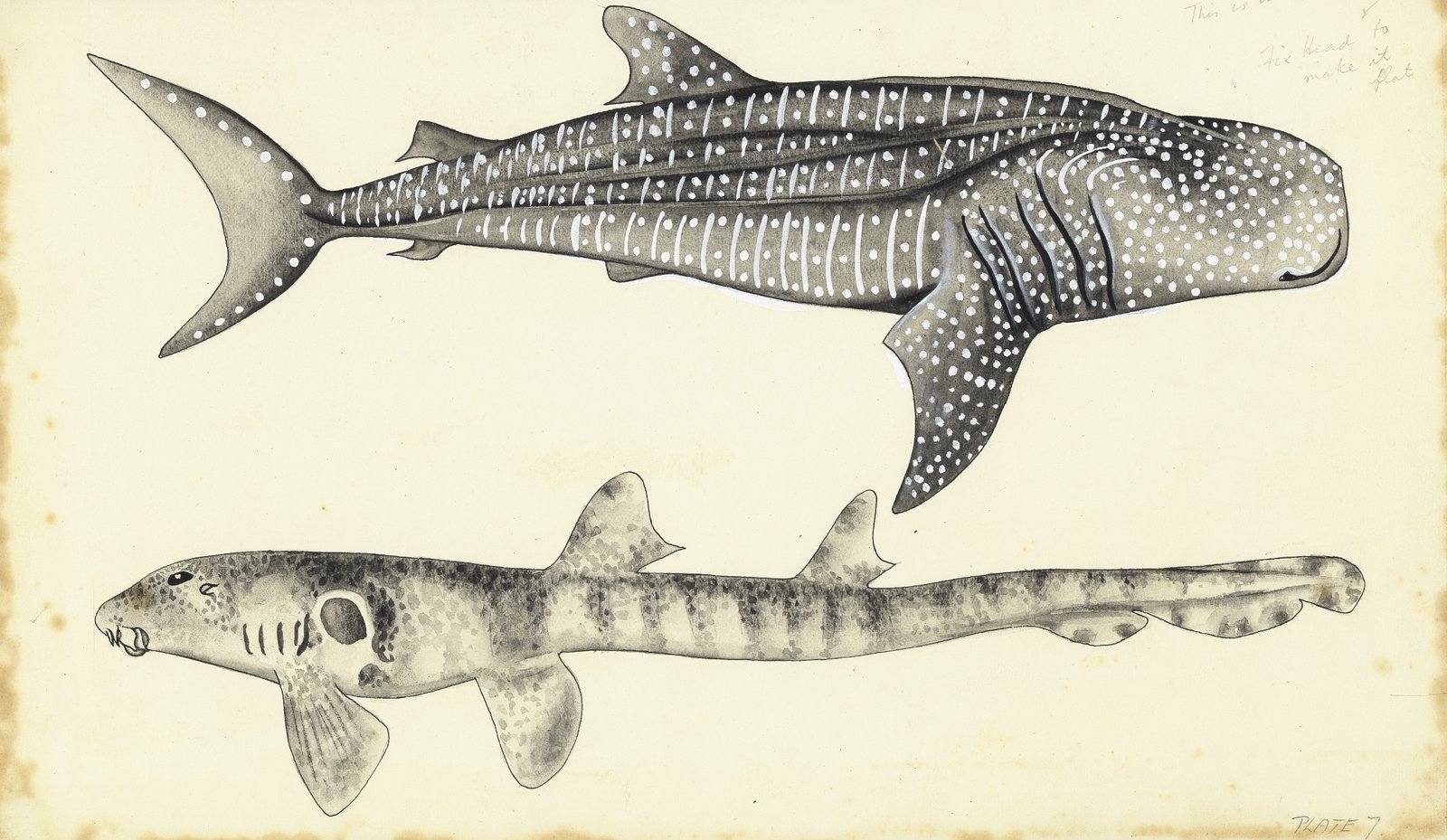
Years of observation and research in Donsol have yielded fascinating discoveries about whale sharks. Scientists now know that the sharks can live for over 70 years and travel vast distances in search of food. DNA studies have revealed surprising genetic diversity, suggesting that whale sharks from different parts of the world may mix and mingle along their journeys. Advances in satellite tagging and data analysis are slowly unraveling the mysteries of their migration routes. Each new finding deepens our appreciation for these complex, resilient creatures and the ocean that sustains them.
Whale Sharks and the Web of Life
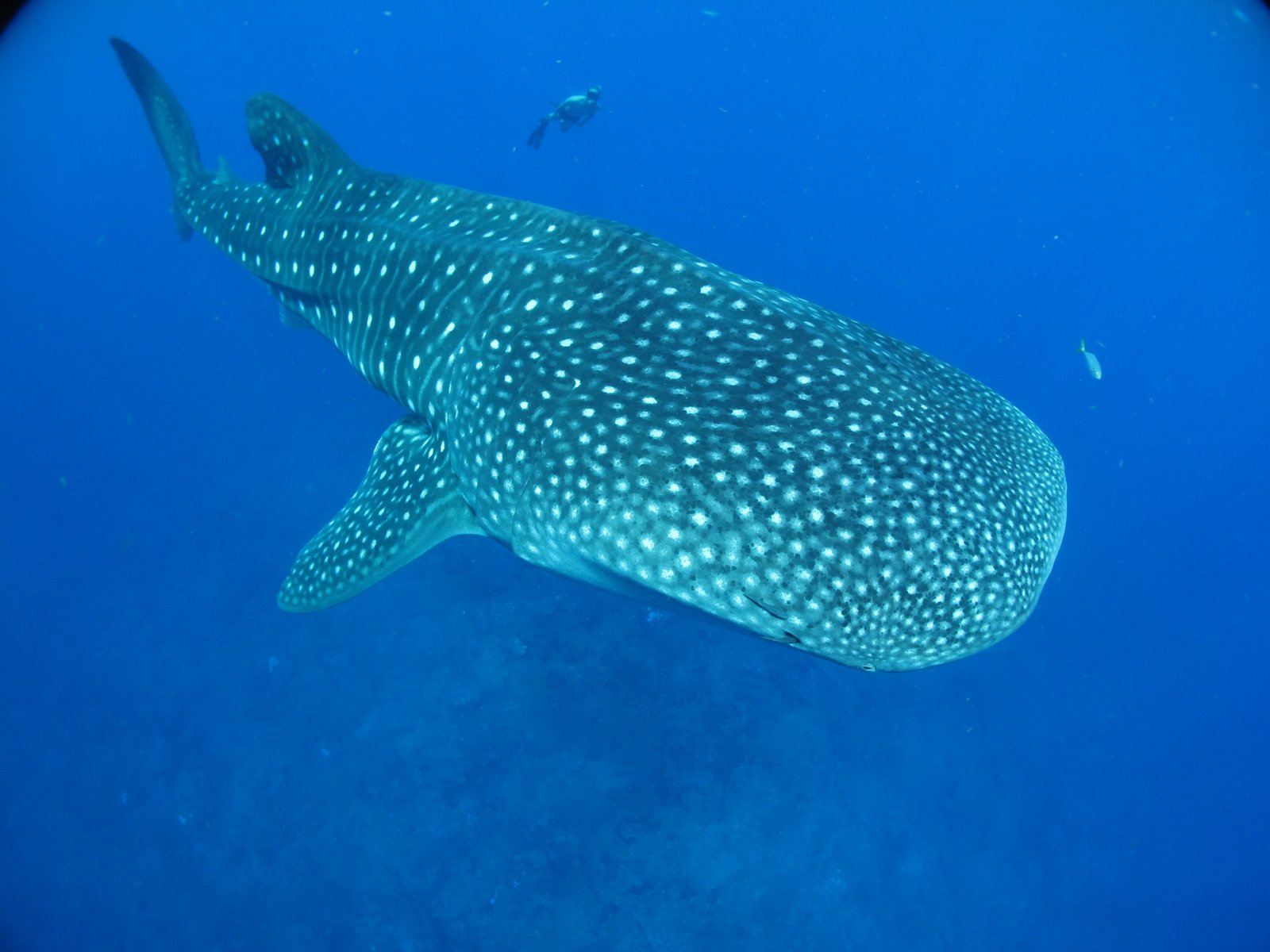
Whale sharks are more than just a spectacle—they are vital players in the marine food web. By consuming massive amounts of plankton, they help regulate ocean productivity and support countless smaller species. Their presence signals a healthy ecosystem, rich in nutrients and biodiversity. When whale sharks thrive, so do countless fish, birds, and marine mammals. Their disappearance would be a warning sign, a signal that the ocean itself is in trouble. Protecting whale sharks means protecting the entire web of life that depends on them.
Stories From the Water: Unforgettable Encounters
Ask anyone who has swum with a whale shark in Donsol, and you’ll hear stories of awe, humility, and joy. Divers recount the heart-stopping moment when a whale shark emerges from the blue, its enormous tail swaying with gentle grace. Some speak of the thrill of swimming alongside these peaceful giants, feeling both tiny and connected to something much greater. Others remember the quiet moments—watching a whale shark disappear into the depths, leaving only a trail of bubbles and a sense of wonder behind. These encounters create memories that last a lifetime and inspire a lifelong love for the ocean.
A Call to Protect the Gentle Giants
The story of the whale sharks of Donsol is a testament to the power of nature—and the responsibility we share to protect it. These gentle giants have brought hope, pride, and prosperity to a small community, while reminding the world of the mysteries that still lie beneath the waves. Their survival depends on our choices: to respect their space, support sustainable tourism, and fight for the health of our oceans. As scientists continue to unravel the secrets of their migration, one thing is certain: the future of whale sharks is in our hands. Will we rise to the challenge?




